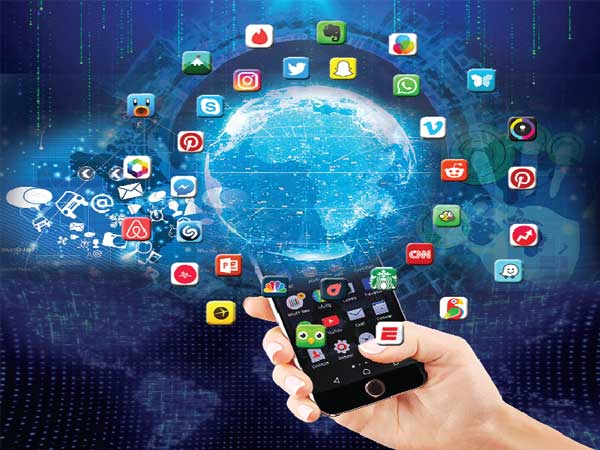Submit A Guest Post Gadgets, Write for Us Technology, Phones, Business Tips, Digital Marketing, AI, VR, ML, Managed Services
We appreciate your visit to gadgetsmagazine.org! One of the greatest guest blogging sites, with high-quality articles and strong domain authority. At gadgetsmagazine, we offer the opportunity to “write for us” to those who are passionate about writing and representing different writing abilities.
If you are willing to write for us technology or submit a guest post technology, We are always interested in hearing from new authors who would want to guest post, Sponsor posts, or submit articles on a regular basis.
Guest Bloggers are always welcome here @ gadgetsmagazine
The following information may be helpful if you wish to cooperate with us on Guest Posting. Examine the requirements for guest blogging and the process for submitting a guest post to us.
Types of Articles and Categories We Welcome
We appreciate your interest in writing for us as a Guest Blogger on Gadgets technology-related topics such as mobile devices, gadgets, marketing, apps, business, technology news and updates, reviews and ratings, and digital trends.
Write For US Gadgets - Submit a Guest Post Gadgets

- Mobiles, Laptops & Tablets
- Cameras, Printers, and Monitors
- Speakers, Headphones, and Ebook Readers
- Software, Routers, and Scanners
- ProjectorsNetworking, HDTVs, Gaming, Desktop,
- Mobile Reviews & Product Reviews
- Security, Servers, Strategies,
- Health & Fitness & Wearable Tech
- Trends, Tactics, Guides, Tips, Tricks, and more!
Write For Us Technology - Submit a Guest Post Technology

- (AI)Artificial Intelligence and (IoT)Internet of Things
- Cybersecurity, Blockchain, Cryptocurrency & Ethical Hacking
- Big Data, Data Analytics, and Cloud Computing
- (MLMachine learning VR(Virtual Reality), AR(Augmented Reality), and Mixed Reality
- Business Intelligence, Security Systems, Smart Home Automation, automation & Robotic Process Automation (RPA)
- How to, Tips, Tactics, Tricks, Trends, and Guides
Write For Us Apps - Submit a Guest Post Apps

- iPhone Apps, Android Apps, and Ipad Apps
- Apps Reviews and software Reviews
- App Development Companies and Mobile App Development
- Web Apps, Native Apps, Hybrid Apps
- Guides, Tips, Strategies, and more!
Write For Us Digital Marketing - Submit a Guest Post Digital Marketing

- Digital Marketing, SEO, Search Engine Marketing, SEO tools
- Social media marketing, affiliate marketing, and online marketing
- Mobile Marketing and Retail Marketing case studies
- Link building, blogging tools, Blogging Tips, and blog marketing
- Bing Ads, Google Adwords, and Social Ads
- WordPress Themes and Plugins
- Online earning and Making money online tips and ideas
- Freelancing business Guides, Tactics, Tips, Trends, Tricks
- Website promotion, website ranking, website designing, and development
Guest Posts Submission Guidelines:
- Your articles must be unique and free of plagiarism (as assessed by Copyscape) or copyright infringement.
- Your article should be at least 800+ words in length with headers, and you should ensure that it is free of grammatical errors.
- Assure that the title of your blog article is attractive and contains no more than 60 characters.
- Provide a unique featured image in high definition with a width of 1200px and a height of 675px (height).
We Refuse:
- We do not accept anything that is protected by copyright. Please check the article for plagiarism before submitting it to us.
- To begin, the Guest Post article must be about one of the topics listed above. We do not accept discussion of issues that are not pertinent to our site.
- Please do not contribute an article that has already been published elsewhere, especially on your own site.
How To Submit a Guest Post:
We would be really appreciative if you could submit content to Tech Today Info. Kindly contact us by email at [email protected].
Please contact us using the Contact Us form or at [email protected] if you have any questions about guest writing at Tech Today Info.
For Sponsored Posts, Technology, Product, and Mobile App Evaluations: Please contact us for additional information about sponsored posts or product/app/technology reviews.
Simply contact [email protected] and we will respond.

